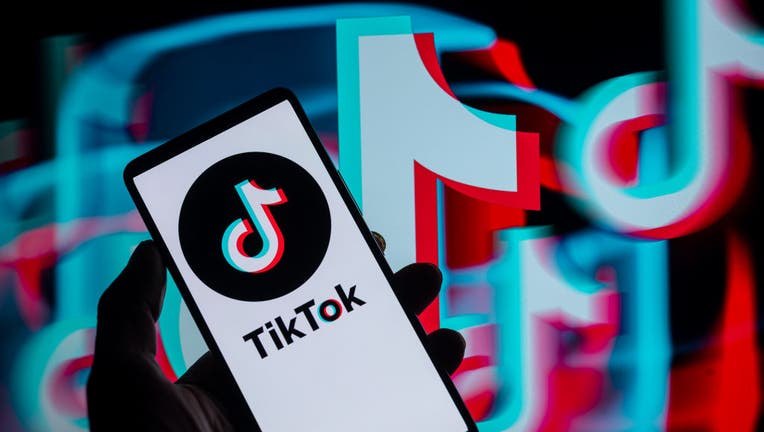De-Influencing: How social media stars are encouraging responsible consumerism

TikTok displayed on a smartphone with TikTok Icon seen in the background, in this photo illustration. On 18 September 2023, in Brussels, Belgium. (Photo illustration by Jonathan Raa/NurPhoto via Getty Images)
Influencers on social media have long been known for pushing products and promoting brands for cash or perks.
However, a new trend is emerging on social media, with the hashtag "de-influencing" gaining popularity.
The de-influencing movement is all about discouraging purchases, and it's gaining traction among social media influencers. In part, the conversation is around a rejection of overconsumption.
RELATED: Instagram is the app Americans want to delete more than other apps, report finds
"It’s become another part of influencing," says brand collaborator coach Kahlea Nicole Wade. She has taken to social media to post about de-influencing to her followers.
Wade has been vocal about de-influencing on her platform. She believes that telling someone not to buy something is the same as telling them to buy it, as it's still a form of influencing.
Under this new trend, some influencers are advocating for their followers to swap expensive products for less expensive alternatives. By doing so, they are encouraging a cheaper purchase while still promoting products that align with their values.
RELATED: How a new ‘deinfluence’ trend on social media could possibly harm small businesses
According to social media expert Kristen Ruby, there are several factors contributing to the de-influencing trend. Firstly, the economy is a significant factor. With financial uncertainty on the rise, people are being more cautious with their spending.
Secondly, people are starting to question whether the products they're buying are worth the money.
RELATED: TikTok to limit screen time for teens to 60 minutes per day
Lastly, transparency is becoming increasingly important to social media users, and they're demanding more accountability from influencers.
The de-influencing movement is an interesting departure from the traditional influencer model. As influencers continue to encourage their followers to make more conscious and responsible purchases, it will be interesting to see how brands respond and whether this trend will continue to gain momentum.

